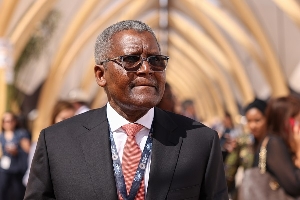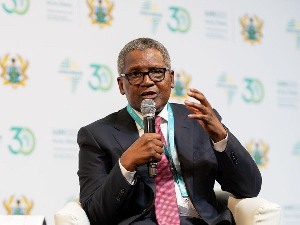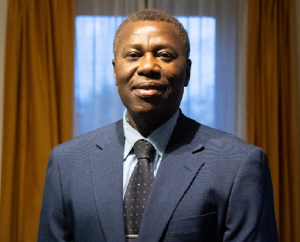The current economic data which backs BoG's decision to reduce the policy rate by 100 basis points looks interesting.
Firstly, the data shows addition of about Ghc50 billion to public debt stock from 2017. The high public debt level, in the data, is conveniently measured against projected GDP to reflect a relatively lower Debt-GDP ratio.
The data also reveals a distressing situation of repayment cost exceeding the needed investments in national infrastructure. Investment in broad-based national infrastructure strategically positions the economy for continuous growth and development. It is important, at this point, to remark that the economic cost of the high debt is not only in the repayment, but also, how the repayment entangles commitments to capital expenditure. An example is the slow pace of infrastructural investment across the country.
Secondly, on external sector developments, Ghana, in 2018, recorded total capital goods import of about USD2,000 million and over USD2,570 million consumption imports, out of which USD339M was spent on rice importation. On the policy front, the flagship program planting for foods and jobs (PFJ) may not be impacting rice importation significantly as rice importation continues to grow. About USD123M was also spent to import sugar, while policy decision on making the Komenda sugar factory operational remains unclear. Though export of palm oil yielded USD128M, the import volume of palm oil products doubled relative to USD257 when compared with exports.
Thirdly, Gross International Reserve, which provides an outlook for import cover and currency management, reduced from over USD7,500M in 2017 to about USD6,900M in 2018. The net international reserve which was USD3,400M at the beginning of 2017, also reduced to USD3,240M in 2018, after increasing to USD4,500M in 2017.
This shows that the 2016 net international reserve was better than 2018. Again, it signals that the BoG over intervened in the forex market to manage the strength of the cedi, which presently settles around the Ghc 5 perimeter against the dollar. The cedi, according to the BoG, depreciated more than 8% in 2018 and greeted us with more than 2% depreciation in January 2019.
With depleting reserves, this does not signal reduction in the policy rate. Perhaps, in the first quarter, the quantum of currency reserve may be at risk and the MPC rate reduction may not be a reflection of the reserve and risk side realities.
Non-Performing Loans (NPL) only reduced by 3% despite the banking sector reform and assurances of renewed confidence in the sector.
From the present economic outlook, focusing on agriculture remains paramount. Currency management, as well as a progressive balance between debt repayment cost and capital expenditure, have to be pursued vigorously by the economic managers. The economic data for 2018 questions the commitment to policy decisions bordering on rice and sugar import reduction.
Business News of Tuesday, 29 January 2019
Source: Prof John Gatsi













